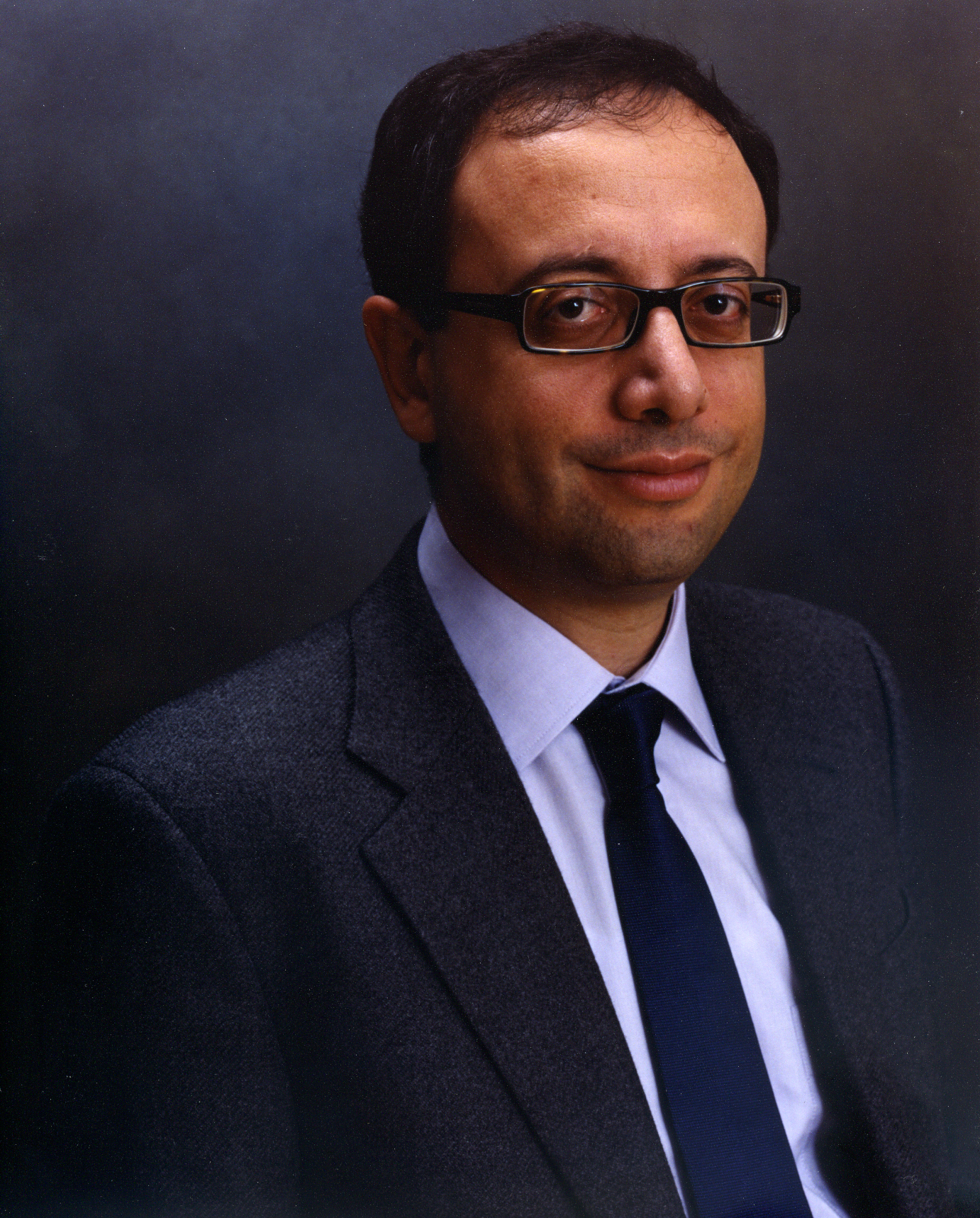200 College St
Toronto, ON M5T 3A1
Canada

MANOS MAVRIKAKIS
University of Wisconsin – Madison
Reaction Mechanisms and Structure Sensitivity for Heterogeneous Catalyst Discovery from First-Principles
First-principles calculations have emerged as a key contributor towards the fundamental understanding of heterogeneous catalysis and the educated discovery of improved catalytic materials. By choosing the example of formic acid (HCOOH) decomposition on transition metals and alloys, we demonstrate how a deep mechanistic understanding of selective versus unselective routes can help with designing more selective catalysts. HCOOH is a simple molecule that is an abundant product of biomass processing and can serve as an internal source of hydrogen for oxygen removal and upgrading of biomass to chemicals and fuels. In addition, HCOOH can be used as a fuel for low temperature direct fuel cells. We start by presenting a systematic study of the HCOOH decomposition reaction mechanism starting from first-principles and including reactivity experiments and microkinetic modeling. In particular, periodic self-consistent Density Functional Theory (DFT) calculations are performed to determine the stability of reactive intermediates and activation energy barriers of elementary steps. Mean-field microkinetic models are developed and calculated reaction rates, orders, etc are then compared with experimentally measured ones. These comparisons provide useful insights on the nature of the active site, most-abundant surface intermediates as a function of reaction conditions and feed composition. Trends across metals on the fundamental atomic-scale level up to selectivity trends will be discussed. Finally, we identify from first-principles alloy surfaces, which may possess better catalytic properties for selective dehydrogenation of HCOOH than monometallic surfaces, thereby guiding synthesis towards promising novel catalytic materials. Time-permitting, we may discuss novel catalyst design for the efficient electrocatalytic oxidation of HCOOH.
______________________________________________________

MANOS MAVRIKAKIS is the Paul A. Elfers Professor and the Vilas Distinguished Achievement Professor of Chemical Engineering at UW-Madison. He received a Diploma in Chemical Engineering from NTUA in Greece, and a MS in Applied Math, and a PhD in Chemical Engineering & Scientific Computing from the University of Michigan, Ann Arbor. Following a postdoc at U of Delaware and another one at the Technical University of Denmark, he joined the Chemical Engineering faculty at UW-Madison in 1999. His main research interests include the elucidation of detailed reaction mechanisms for heterogeneously catalyzed reactions and the identification of improved catalytic materials from first-principles-based microkinetic modeling. Manos was elected to APS Fellow in 2013, AAAS Fellow in 2014, and AVS Fellow in 2016. He received the 2009 Paul H. Emmett award in Fundamental Catalysis from the North American Catalysis Society, and the 2014 R. H. Wilhelm Award in Chemical Reaction Engineering from AIChE. In 2017, he received the G. Parravano Memorial Award for Excellence in Catalysis Research by the Michigan Catalysis Society. His work has been cited >18,500 times (WoS). Manos served as his Department Chair between 2015-2018. He currently serves on the editorial board of: ACS Catalysis, AIChE Journal, ChemPhysChem, Journal of Molecular Catalysis A: Chemical, Catalysis Today, and he is the editor-in-chief of Surface Science.
Download the lecture poster HERE
For more information on Lectures at the Leading Edge 2018-19 click HERE